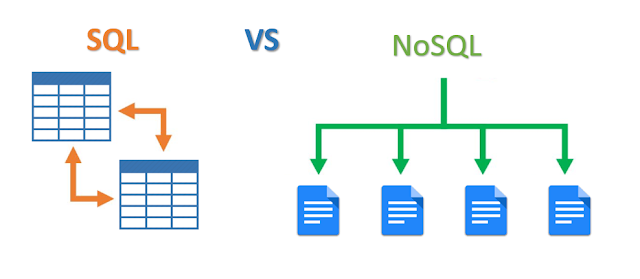Introduction:
In the world of software development, creating scalable, maintainable, and robust applications is crucial. To achieve this, developers follow various best practices, and one of the most prominent set of principles are the SOLID principles. These principles were introduced by Robert C. Martin to guide developers in writing high-quality, flexible, and extensible code. In this blog, we will delve into each of the five SOLID principles and understand how they contribute to building better software.
Single Responsibility Principle (SRP):
The Single Responsibility Principle states that a class should have only one and only one reason to change. In other words, a class should have a single responsibility and should focus on doing just one thing. By adhering to this principle, we prevent a class from becoming bloated and tightly coupled with other classes. Each class becomes more manageable, easier to understand, and maintain.
Imagine a scenario where you have a class responsible for both handling user authentication and processing file operations. In case of changes to either of these functionalities, you'll need to modify the same class, which could lead to unintended consequences. Instead, we can have separate classes for authentication and file operations, each adhering to the SRP.
Open/Closed Principle (OCP):
The Open/Closed Principle emphasizes that software entities (classes, modules, functions, etc.) should be open for extension but closed for modification. In simpler terms, once a module is written and tested, it should not be modified to add new features. Instead, we should extend its behavior by creating new modules that build upon the existing ones.
By following the OCP, we promote code reusability and reduce the risk of introducing bugs when modifying existing code. One common way to implement this principle is by using interfaces or abstract classes to define behavior that can be extended by concrete implementations.
Liskov Substitution Principle (LSP):
The Liskov Substitution Principle emphasizes that objects of a superclass should be replaceable with objects of its subclasses without affecting the correctness of the program. In other words, any derived class should be able to substitute the base class without altering the desirable properties of the system.
This principle ensures that inheritance hierarchies are well-designed and that subclasses don't introduce unexpected behaviors that might break the code. Violating the LSP can lead to code that is hard to reason about and maintain, as the assumptions made for the base class might not hold true for its subclasses.
Interface Segregation Principle (ISP):
The Interface Segregation Principle advises that a class should not be forced to implement interfaces it does not use. Instead of creating large, monolithic interfaces, we should segregate interfaces into smaller, more focused ones, tailored to the specific needs of implementing classes.
By following the ISP, we prevent unnecessary dependencies and ensure that classes are not burdened with irrelevant functionality. Clients can then choose to use only the interfaces that are relevant to their requirements.
Dependency Inversion Principle (DIP):
The Dependency Inversion Principle suggests that high-level modules should not depend on low-level modules but both should depend on abstractions. Additionally, abstractions should not depend on details; instead, details should depend on abstractions.
This principle encourages the use of dependency injection, allowing the decoupling of components and making the code more flexible and testable. By depending on abstractions, we can easily swap implementations without affecting the overall functionality of the system.
Conclusion:
The SOLID principles provide developers with a set of guidelines that promote the creation of maintainable, flexible, and scalable software. By adhering to these principles, developers can build code that is easier to understand, modify, and extend. Embracing SOLID not only leads to better software architecture but also fosters collaboration within development teams and improves the overall software development process. So, the next time you start a new project or refactor existing code, remember to apply the SOLID principles for a cleaner and more robust solution. Happy coding!








